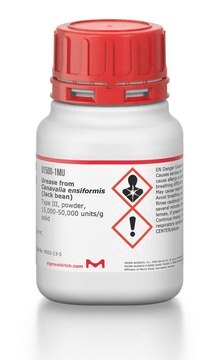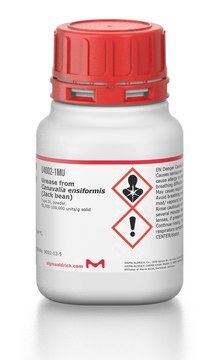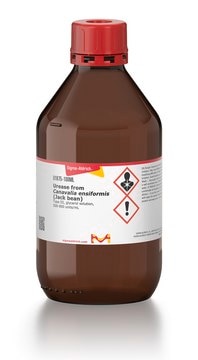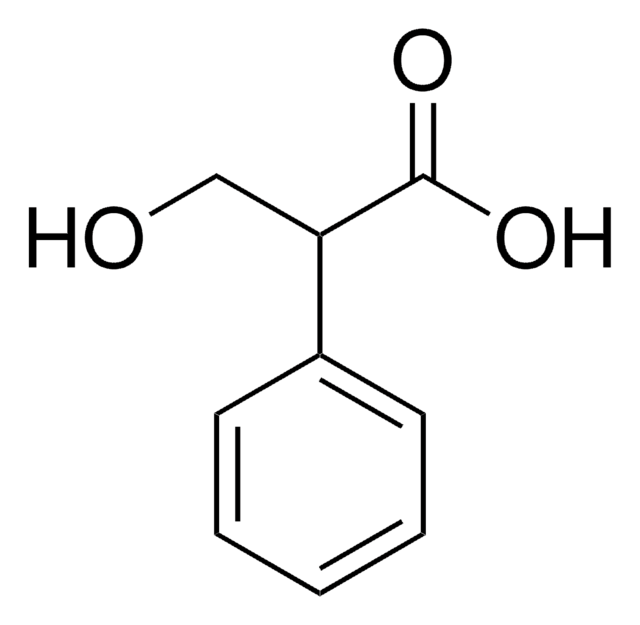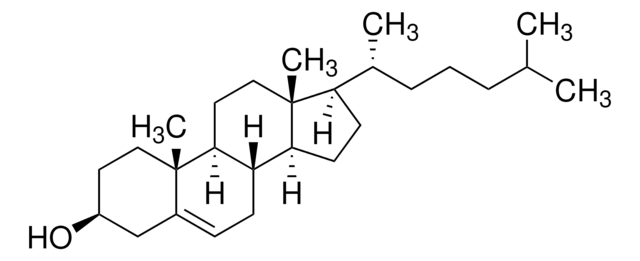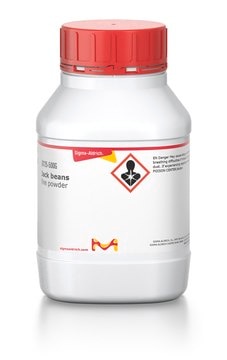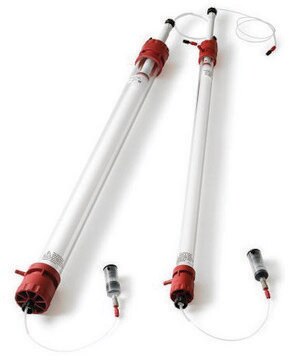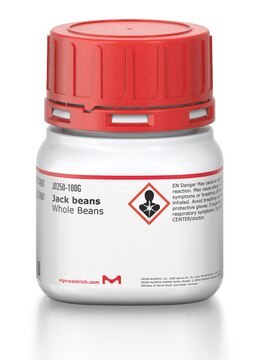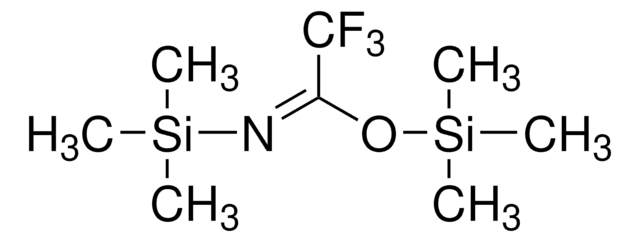U0251
Urease from Canavalia ensiformis (Jack bean)
Type C-3, powder, ≥600,000 units/g solid
Synonym(s):
Jack bean urease, Urea amidohydrolase
About This Item
Recommended Products
biological source
Canavalia ensiformis
Quality Level
type
Type C-3
form
powder
specific activity
≥600,000 units/g solid
mol wt
~544620 Da
purified by
crystallization
storage temp.
−20°C
Looking for similar products? Visit Product Comparison Guide
General description
Composed of six subunits with total molecular weight: ~544,620
Biochem/physiol Actions
Unit Definition
signalword
Danger
Hazard Classifications
Eye Irrit. 2 - Resp. Sens. 1 - Skin Irrit. 2 - STOT SE 3
target_organs
Respiratory system
Storage Class
11 - Combustible Solids
wgk_germany
WGK 1
Certificates of Analysis (COA)
Search for Certificates of Analysis (COA) by entering the products Lot/Batch Number. Lot and Batch Numbers can be found on a product’s label following the words ‘Lot’ or ‘Batch’.
Already Own This Product?
Find documentation for the products that you have recently purchased in the Document Library.
Customers Also Viewed
Articles
Today, diverse studies report the benefits of probiotics, such as inhibitory effects on pathogens, aid in the management or prevention of chronic intestinal inflammatory diseases or atopic syndromes, and support to the immune system. Potential beneficial applications abound, researchers continue to evaluate the effictiveness and clarify the mechanisms of action of probiotics.
Our team of scientists has experience in all areas of research including Life Science, Material Science, Chemical Synthesis, Chromatography, Analytical and many others.
Contact Technical Service